Significance
The Yaochi Jinmu faith is a folk religious sect that originated in Hualian in 1949. Over the following decades, temples dedicated to the goddess have been established one after another and have drawn a following all over Taiwan. The Yaochi Church was originally named Tsu Huei Hall. Many temples where Yaochi Jinmu is worshipped still bear the name “Tsu Huei” in their titles. Since its establishment, Sung Shan Tsu Huei Temple has systematically organized religious rites to teach luánwén (religious scriptures) to the public and disseminated the doctrine of Yaochi Jinmu. The temple also carries out devotional ceremonies for believers to become “blessed children” (qìzǐnǚ) of the deity (a relationship slightly similar to that of a godparent or patron god), and performs the soul recalling (shōujīng) ceremony to “recall” or pacify the souls of individuals who have experienced frightening or traumatizing events. Over time, such activities attracted increasing numbers of believers to become devotees of Muniang (Mother Empress, a reverent name for Yaochi Jinmu) and transformed Sung Shan Tsu Huei Temple into the foremost Tsu Huei temple with the largest number of devotees in Northern Taiwan.
History
The construction of Sung Shan Tsu Huei Temple began in 1968. Legend has it that Guo Yezi, who later became the first temple mistress, was instructed by the spirit of Yaochi Jinmu to have the temple built to mediate disputes among the faithful, to show them the right path in life, and to soothe both body and soul. In 1985, the statue of Yaochi Jinmu was inaugurated. The temple is located on the hillside of Fushou Mountain in Xinyi District, Taipei City. Behind the temple on the left is Sishou Mountain (“Sishou” literally means four beasts; the mountain has formations resembling a tiger, a leopard, a lion and an elephant) and on the right, Zhinan Mountain. From the temple, the picturesque scenery of Datun Mountain and Qixing Mountain, and the Danshui and Keelung Rivers can be seen on the other side of the city. Taipei 101 is in full view at a distance, making the temple a choice spot for viewing the New Year’s Eve fireworks display. Every year, during the Lantern Festival, Qingming Festival (Tomb-Sweeping Day), Dragon Boat Festival, and Mid-Autumn Festival, celebrations and activities are organized at the temple to pay respects to gods and ancestors. All the “blessed children” (qìzǐnǚ) and religious devotees are called to bring their families to attend reunions at the temple, and the crowds number in tens of thousands on such occasions.
Special Features
1Column Couplets, Main Hall of Sung Shan Tsu Huei Temple The main hall of Tsu Huei Temple is a magnificent structure. On each of its four three-storey-high columns is a poetic couplet describing the mercifulness of Yaochi Jinmu. The first characters of the four couplets are yao, chi, jin, and mu, in that order. Burning incense offerings and then reading through the four couplets are important elements of worship of the Mother Empress. The so-called “Four Golden Columns” are actually an important component of the temple design. Such columns are an integral part of every Tsu Huei Temple. They have no definite specifications; rather, their dimensions depend on the size of the structure. The term “golden” is not related to the color of the columns, but rather refers to the value and grandeur of the metal, to denote their significance. The lofty temple interior is specifically intended to accentuate Yaochi Jinmu’s exalted stature. Moreover, both the temple and its location are representations of the goddess’ residence, depicted in traditional scriptures as a magnificent and luxurious palace. For worshippers, it creates an atmosphere of serene adoration.
The main hall of Tsu Huei Temple is a magnificent structure. On each of its four three-storey-high columns is a poetic couplet describing the mercifulness of Yaochi Jinmu. The first characters of the four couplets are yao, chi, jin, and mu, in that order. Burning incense offerings and then reading through the four couplets are important elements of worship of the Mother Empress. The so-called “Four Golden Columns” are actually an important component of the temple design. Such columns are an integral part of every Tsu Huei Temple. They have no definite specifications; rather, their dimensions depend on the size of the structure. The term “golden” is not related to the color of the columns, but rather refers to the value and grandeur of the metal, to denote their significance. The lofty temple interior is specifically intended to accentuate Yaochi Jinmu’s exalted stature. Moreover, both the temple and its location are representations of the goddess’ residence, depicted in traditional scriptures as a magnificent and luxurious palace. For worshippers, it creates an atmosphere of serene adoration.
2Pan Tao Feast and Ceremony to Become “Blessed Children” (qìzǐnǚ); Statue of the Mother Empress According to the legend, Yaochi Jinmu invites deities from far and wide to attend the Pan Tao (Peaches of Immortality) Feast on the 3rd day of the 6th lunar month each year. For this reason, Tsu Huei Temple conducts adoptions of foster sons and daughters on this day as well as on the 18th day of the 10th lunar month, the birthday of the Earth Mother (Dimu), so that the children of devotees who become “blessed children” (qìzǐnǚ) can receive blessings from the two goddesses and grow up safely under their protection.
According to the legend, Yaochi Jinmu invites deities from far and wide to attend the Pan Tao (Peaches of Immortality) Feast on the 3rd day of the 6th lunar month each year. For this reason, Tsu Huei Temple conducts adoptions of foster sons and daughters on this day as well as on the 18th day of the 10th lunar month, the birthday of the Earth Mother (Dimu), so that the children of devotees who become “blessed children” (qìzǐnǚ) can receive blessings from the two goddesses and grow up safely under their protection.
3The Caisson Ceiling Caissons ceilings commonly adorned the halls of palaces and temples in ancient China. They come in an assortment of shapes and styles. The round caisson ceiling in the main hall of Sung Shan Tsu Huei Temple is notable for its ornate elegance.
Caissons ceilings commonly adorned the halls of palaces and temples in ancient China. They come in an assortment of shapes and styles. The round caisson ceiling in the main hall of Sung Shan Tsu Huei Temple is notable for its ornate elegance.
4Taipei Muniang Cultural Festival The Taipei Muniang Cultural Festival has become an important annual event for Muniang followers in Northern Taiwan. Activities include the Yixinglidou Ceremony (in which prayers for blessings and good luck are offered up), the selection of exemplars of mercifulness and models of filial piety and fraternity, the coming-of-age ceremony, the mountain hiking and community cleaning activity, the week-long National Protection Ceremony (to pray for protection for Taiwan and its people), and so on. The grand finale is the Baomin Pilgrimage (Protection-of-the-People Parade) which includes floats, decked-out parade vehicles, and brigades of worshippers following along behind effigies of the gods. It is one of the largest religious festival parades in Taipei City.
The Taipei Muniang Cultural Festival has become an important annual event for Muniang followers in Northern Taiwan. Activities include the Yixinglidou Ceremony (in which prayers for blessings and good luck are offered up), the selection of exemplars of mercifulness and models of filial piety and fraternity, the coming-of-age ceremony, the mountain hiking and community cleaning activity, the week-long National Protection Ceremony (to pray for protection for Taiwan and its people), and so on. The grand finale is the Baomin Pilgrimage (Protection-of-the-People Parade) which includes floats, decked-out parade vehicles, and brigades of worshippers following along behind effigies of the gods. It is one of the largest religious festival parades in Taipei City.
5Soul Recalling CeremonyThe soul recalling ceremony is a traditional Chinese religious ritual performed by praying to deities to calm the frightened or traumatized spirits of people and improve their luck. Each ceremony lasts one to two minutes. Believers and visitors can participate free of charge.
Reminders
The main services offered at Sung Shan Tsu Huei Temple include helping individuals resolve questions about how to handle personal issues, giving aid to the needy, and performing soul recalling. Services are available on the 3rd, 6th, 9th, 13th, 16th, 23rd, 26th, and 29th days of each lunar month and every Sunday from 2:00 p.m.; registration begins at 1:00 p.m. Sung Shan Tsu Huei Temple is situated on a hillside, and the road up the hill is somewhat steep. Those who are not particularly fit are advised to visit by car.
Panoramic
Directions